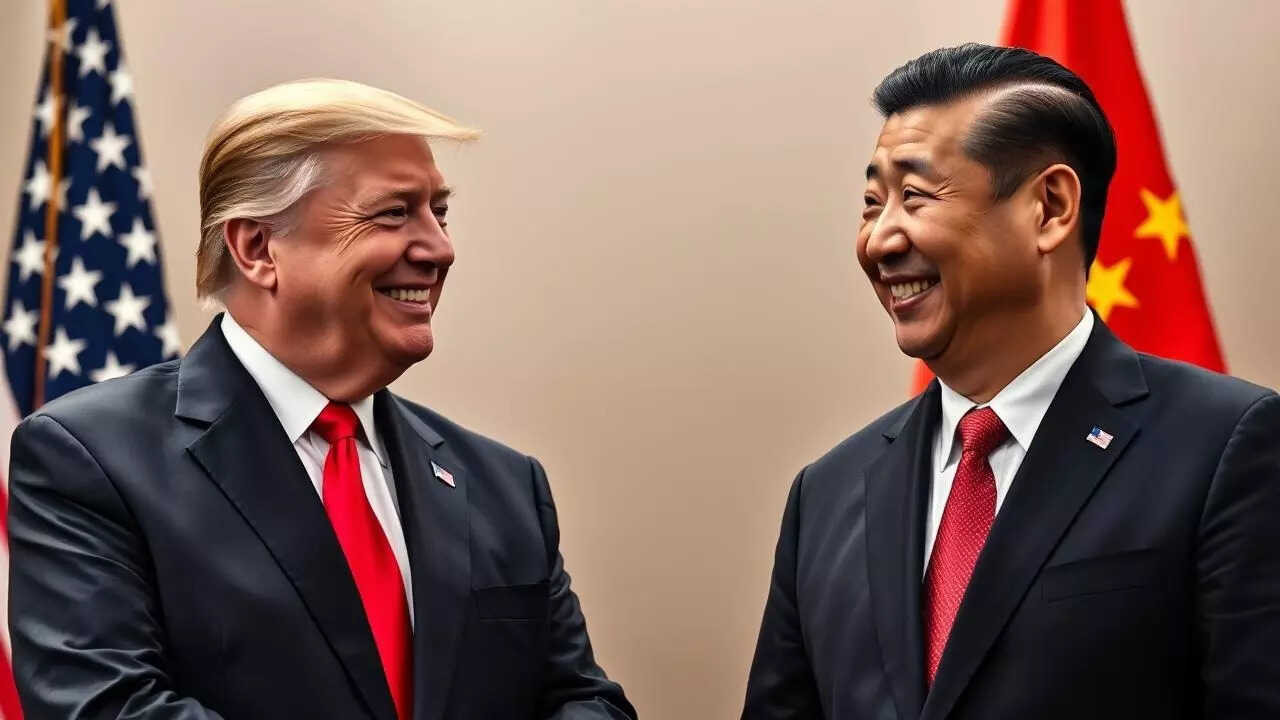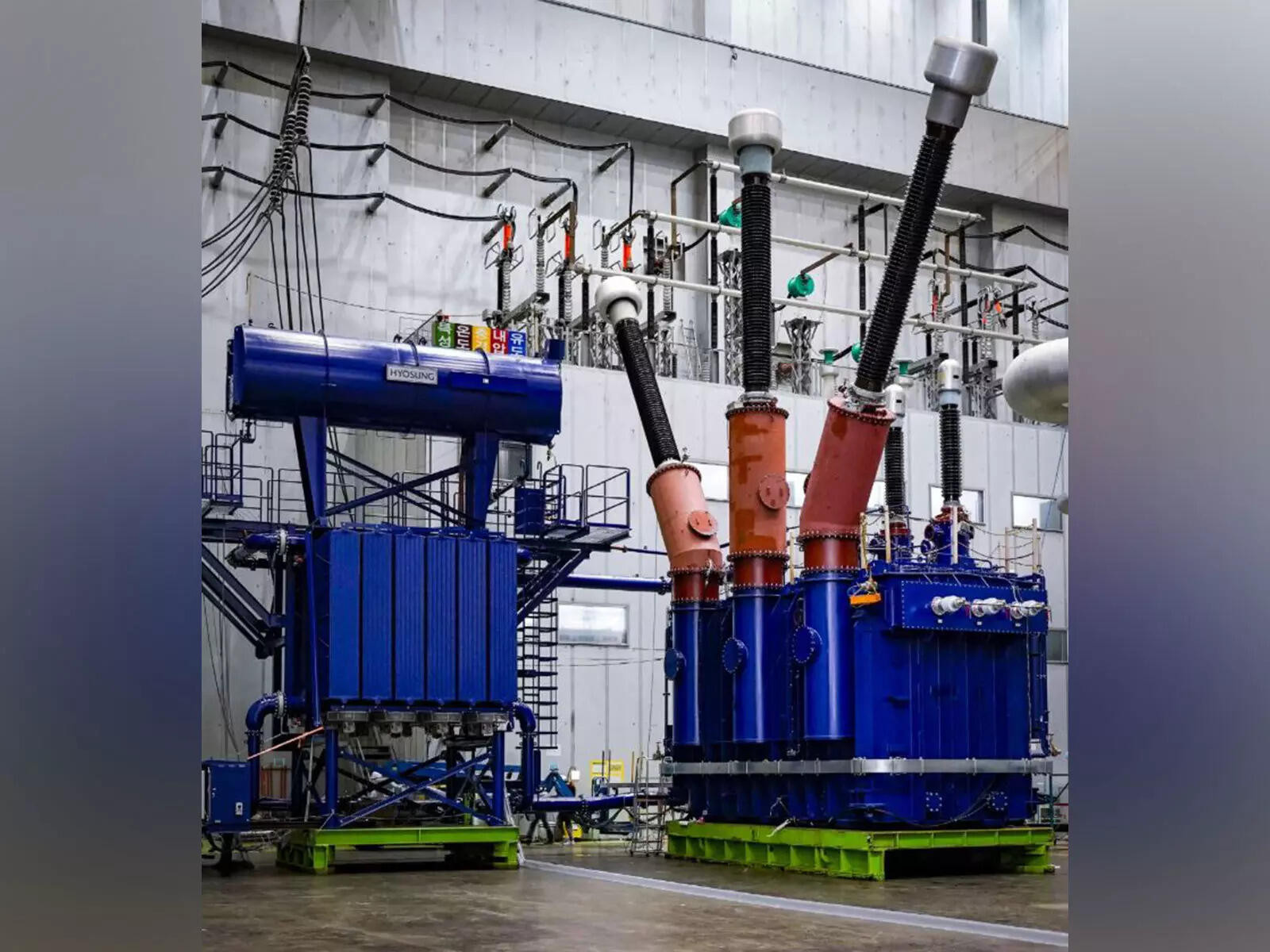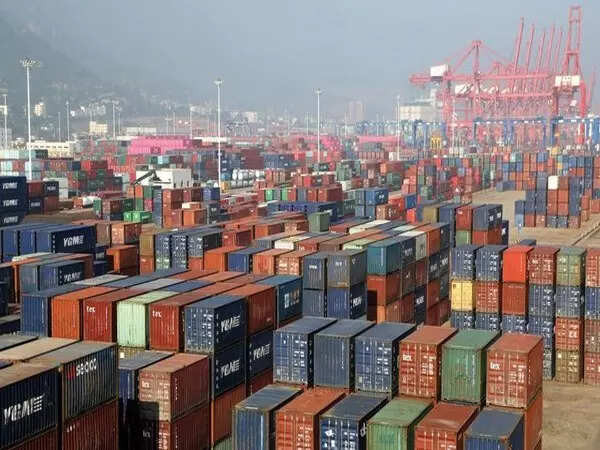The US and China are likely to extend their tariff truce for another 90 days as trade negotiations continue, with discussions planned in Stockholm on Monday. During this period, both countries will refrain from new tariffs.
Navigating the Tightrope: Will the US and China Extend the Tariff Truce?
The global economic landscape feels like a high-stakes tightrope walk these days, with every twist and turn in US-China relations threatening to send things tumbling. Lately, whispers from behind the scenes suggest that we might just see another extension of the tariff pause – a fragile equilibrium that could offer businesses a much-needed breather. But how solid is this prospect, and what does it really mean for the markets?
The initial trade war, launched under the Trump administration, saw a tit-for-tat exchange of tariffs on hundreds of billions of dollars worth of goods. This created a climate of uncertainty that reverberated across supply chains and investment decisions worldwide. While the current administration has maintained many of these tariffs, there’s been a delicate dance of negotiations and concessions, attempting to find a path toward more stable economic relations. Could this pause signify a genuine shift in strategy, or simply a temporary reprieve before the next round of tensions?
Deciphering the Signals: What’s Driving the Potential Extension?
Several factors likely contribute to the consideration of extending the tariff pause. First, both economies are facing significant headwinds. China is grappling with slower growth and real estate market jitters, while the US is navigating inflation and concerns about a potential recession. A full-blown trade war exacerbates these problems, adding additional pressure on businesses and consumers alike. A continued pause might just be the economic equivalent of taking a deep breath.
Second, high-level diplomatic talks have been ongoing, seeking to address a range of complex issues, from trade imbalances to intellectual property protection. An extension of the tariff pause could be seen as a gesture of goodwill, creating a more conducive environment for these negotiations to progress. It provides both sides with the space to discuss difficult topics without the immediate threat of escalating trade barriers. Think of it as setting the stage for a more meaningful conversation.
Finally, domestic political considerations play a significant role. In the US, easing trade tensions could be viewed as a way to alleviate inflationary pressures and support economic growth. In China, stability is always a key priority, and avoiding a trade war aligns with this objective. However, navigating these pressures requires a careful balancing act, ensuring that any concessions are seen as beneficial to national interests.
Impact on Businesses: A Sigh of Relief, or a False Dawn?
The prospect of a tariff pause extension brings a mixed bag of emotions for businesses. On the one hand, it offers a degree of predictability, allowing companies to plan their supply chains and investment strategies with less fear of sudden tariff hikes. This can lead to lower costs, increased competitiveness, and a more stable operating environment.

However, it’s important to remember that a pause is not a resolution. The underlying issues that fueled the trade war remain unresolved. Businesses are still operating in an environment of uncertainty, knowing that tariffs could be reimposed or even increased at any time. This means that diversification of supply chains and contingency planning are still crucial. Companies that rely heavily on trade with either country might consider exploring alternative markets and developing strategies to mitigate the potential impact of future trade disruptions. For example, exploring trade opportunities within ASEAN could be one such strategy.
Beyond Tariffs: A Broader Perspective
The US-China relationship extends far beyond tariffs. Issues such as technology competition, intellectual property rights, and geopolitical influence are all intertwined. Even with a tariff pause, these underlying tensions will continue to shape the economic landscape.
Moreover, the global economy is increasingly fragmented, with countries forming new trade blocs and pursuing regional partnerships. This trend could further complicate the US-China relationship, creating new opportunities and challenges for businesses. Understanding these broader dynamics is crucial for navigating the complexities of the global marketplace.
The Tightrope Walk Continues
Ultimately, the decision on whether to extend the tariff pause rests on a complex interplay of economic, political, and strategic considerations. While an extension would undoubtedly provide some relief to businesses, it’s important to view it as a temporary measure, not a permanent solution. The underlying tensions between the US and China remain, and businesses need to be prepared for a range of potential outcomes. A period of calm doesn’t guarantee smooth sailing forever; smart businesses are using this time to fortify their strategies and prepare for whatever the future may hold. The tightrope walk, it seems, is far from over.







